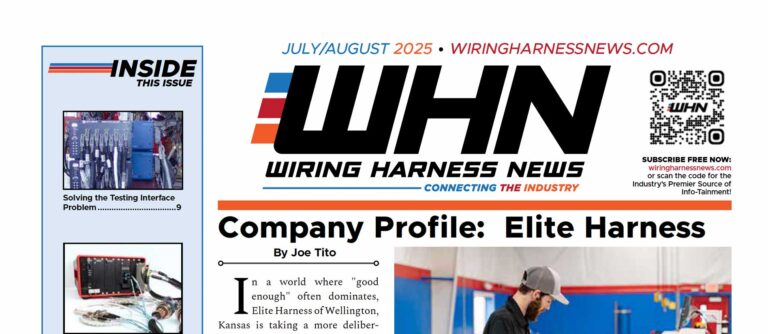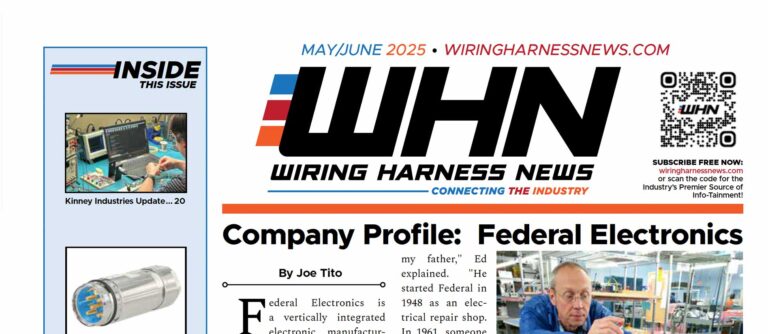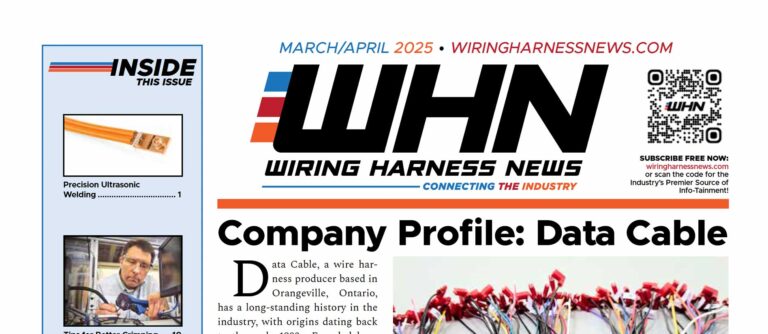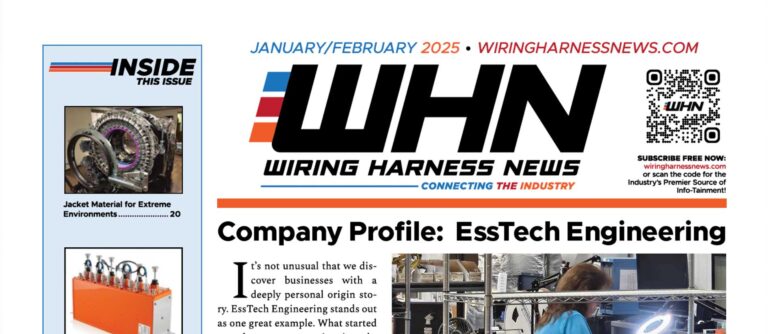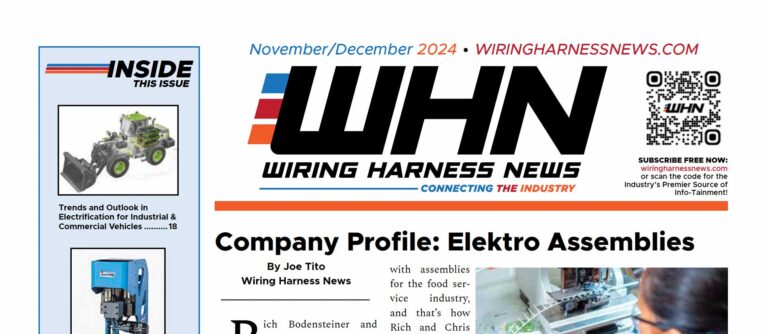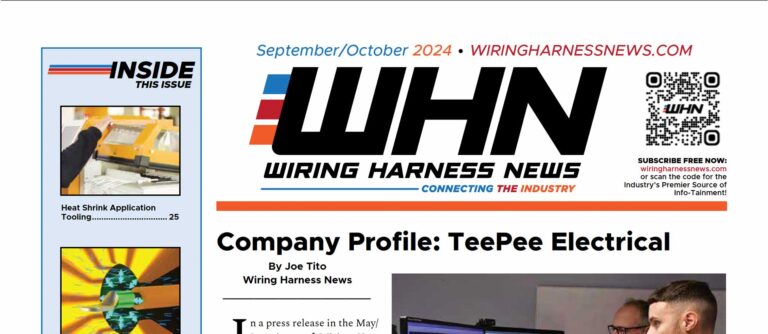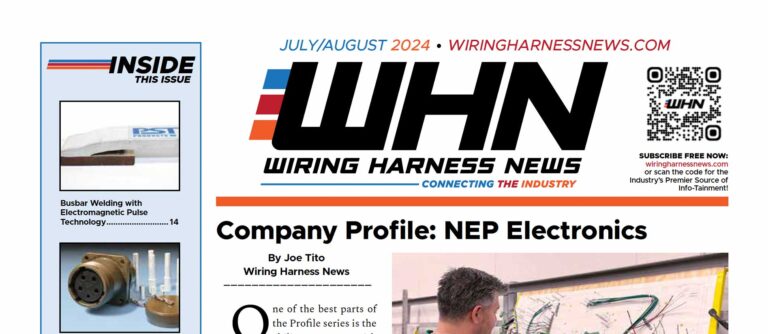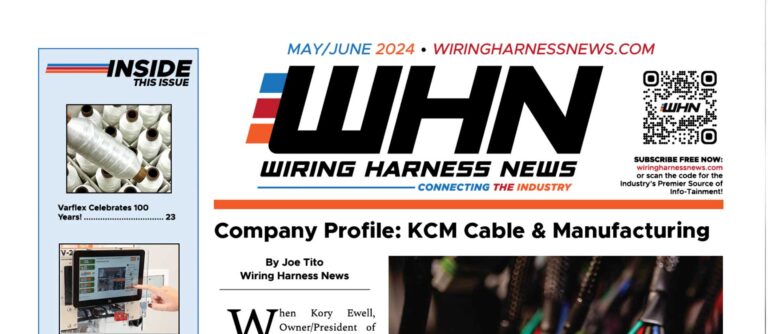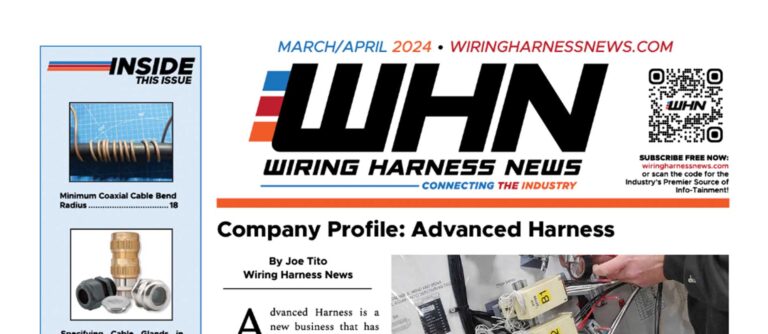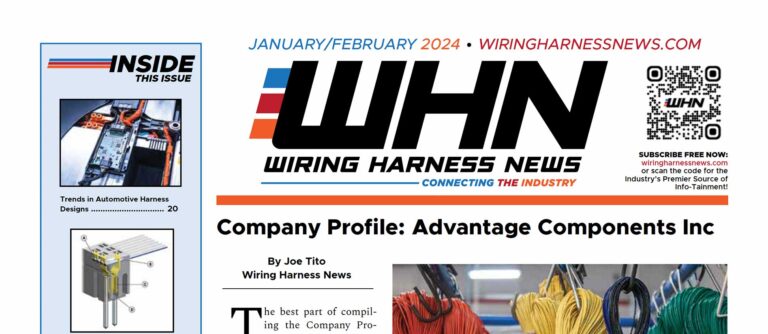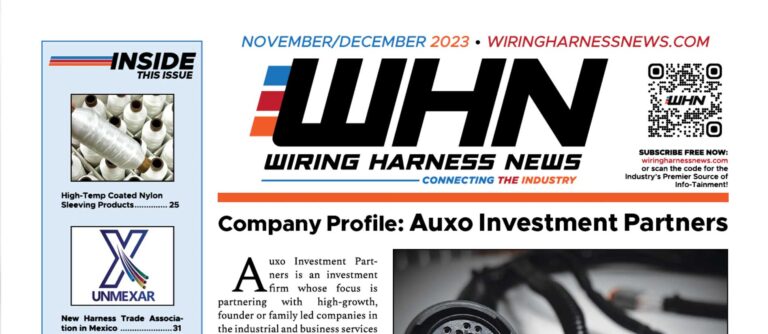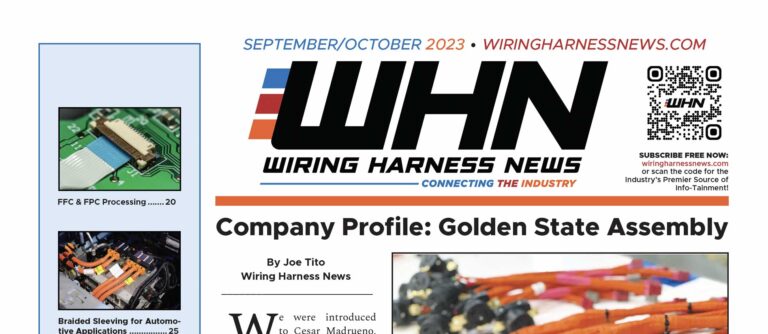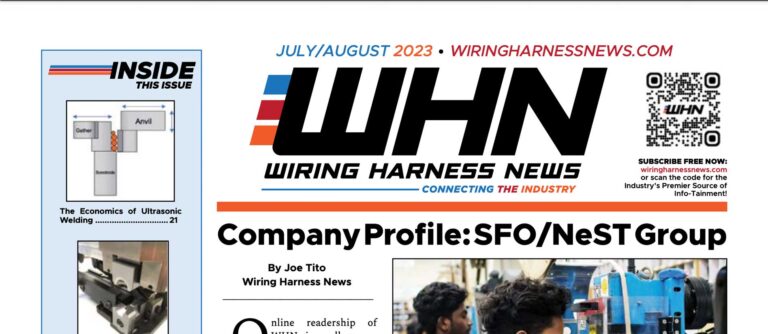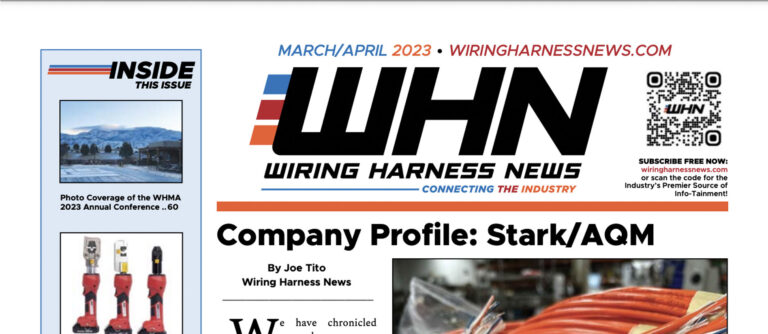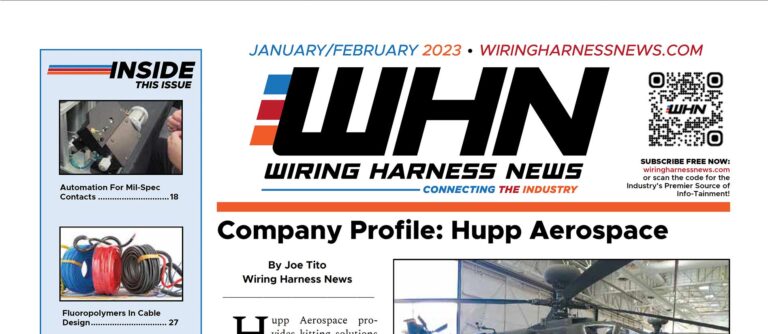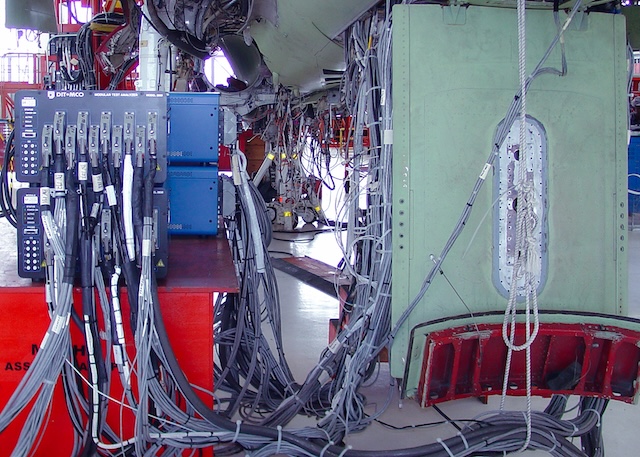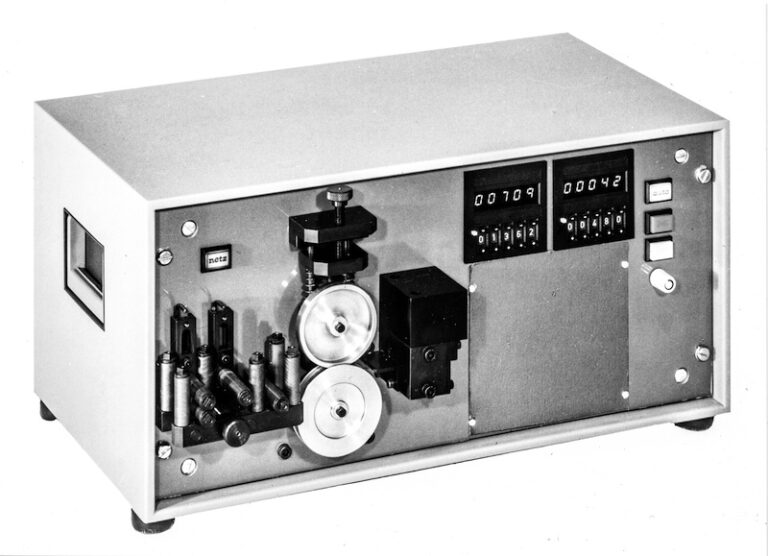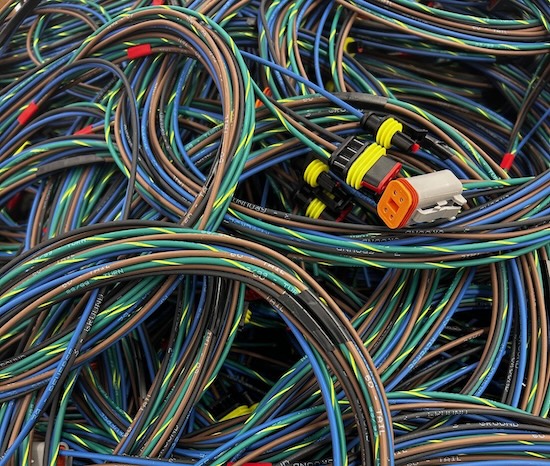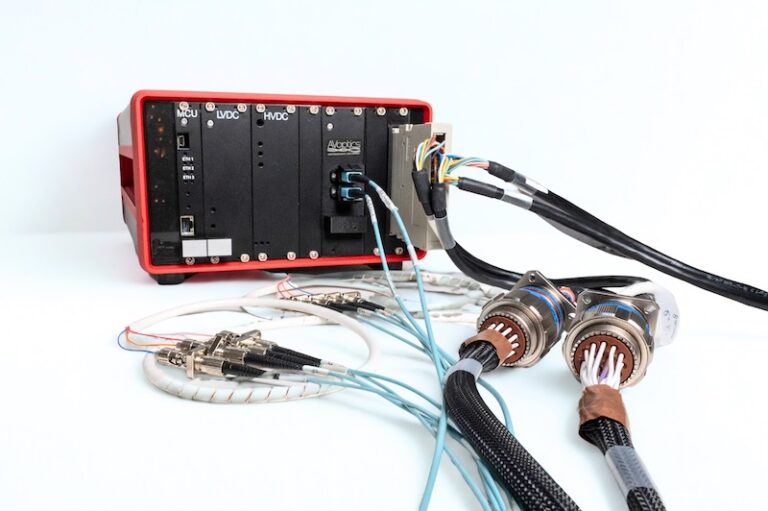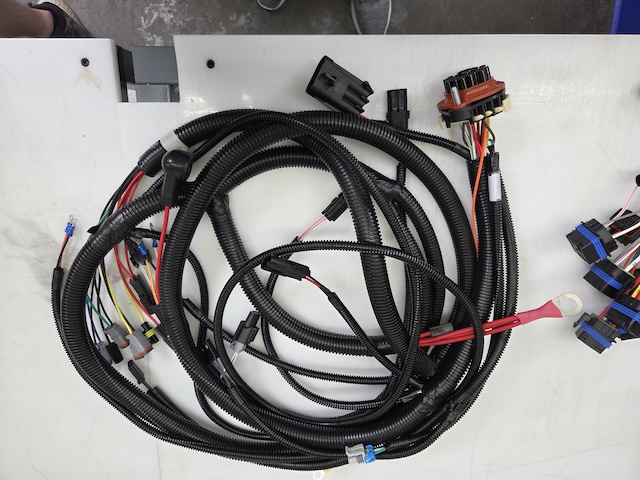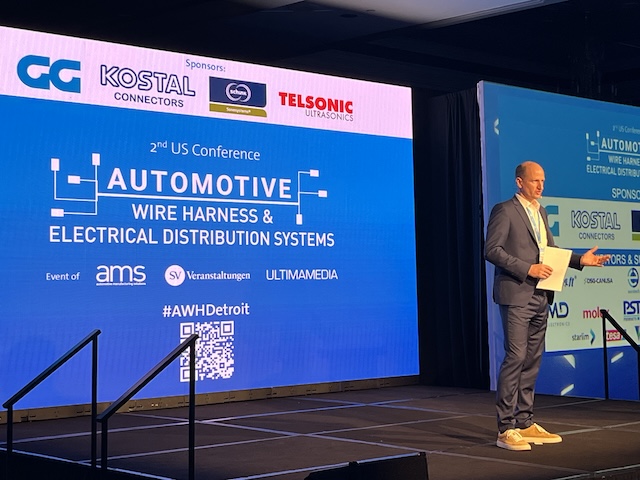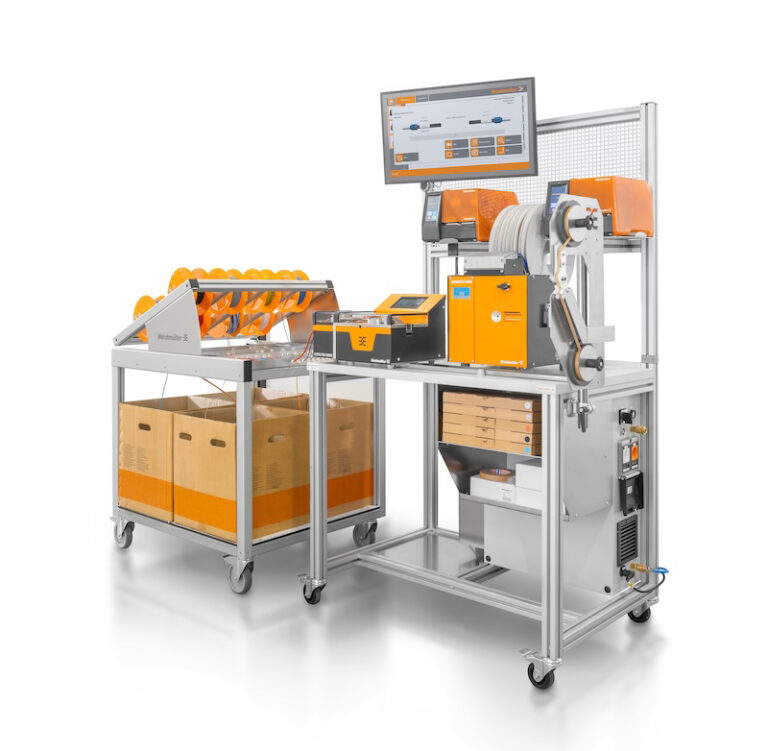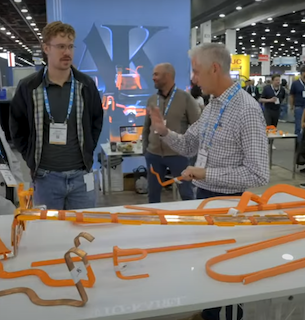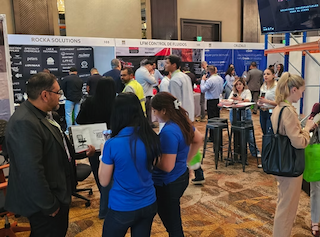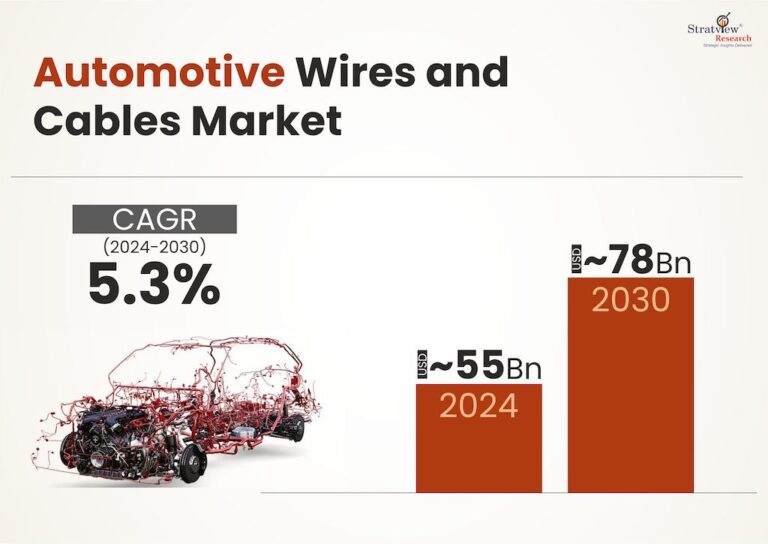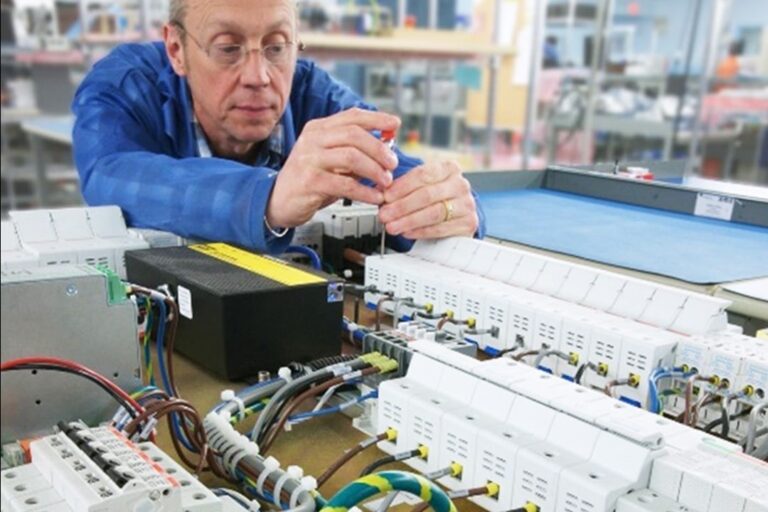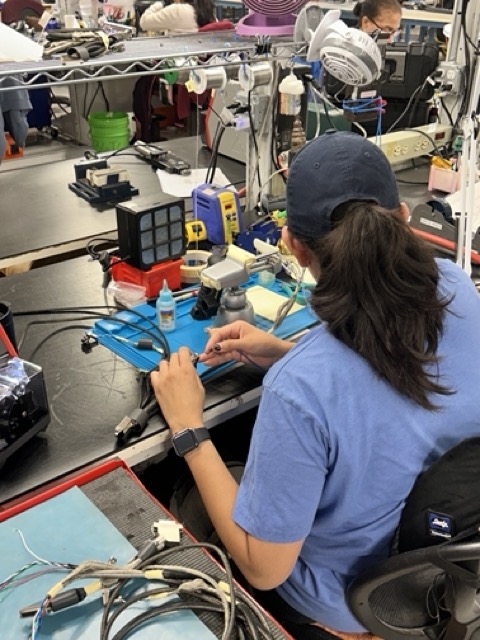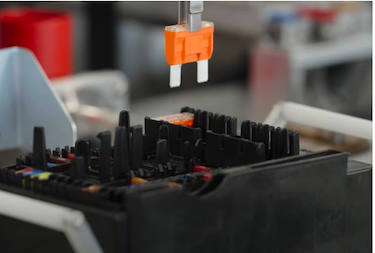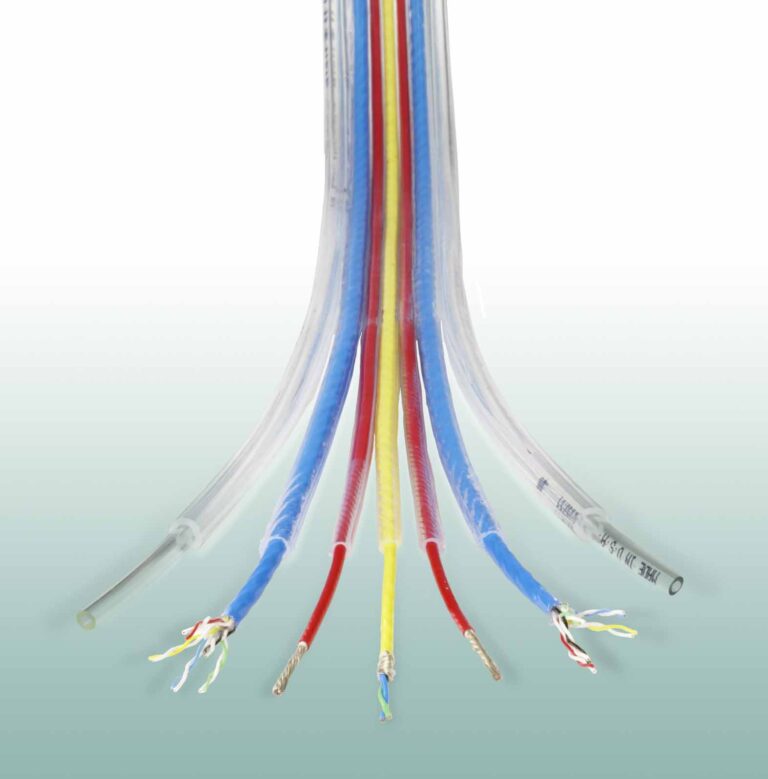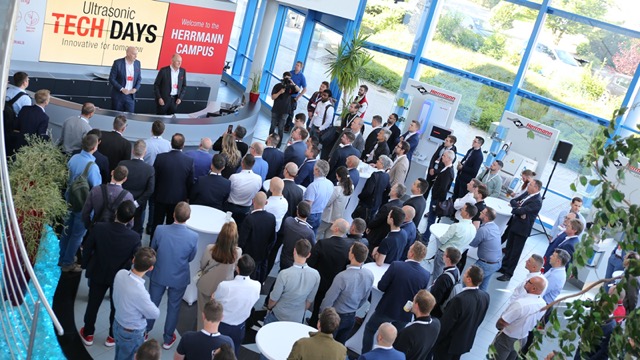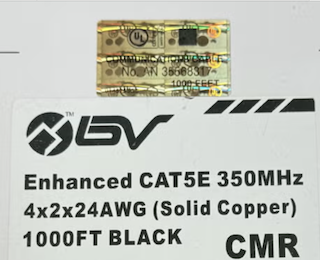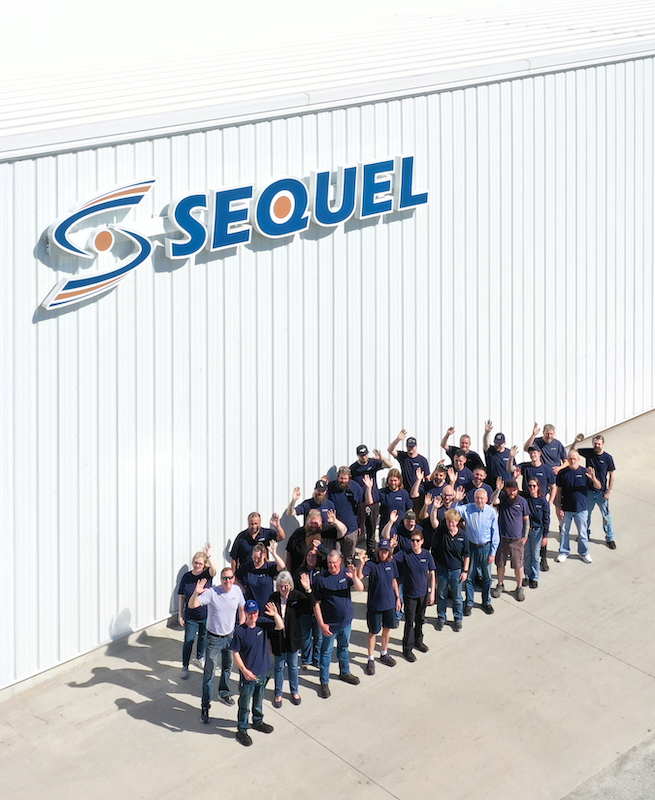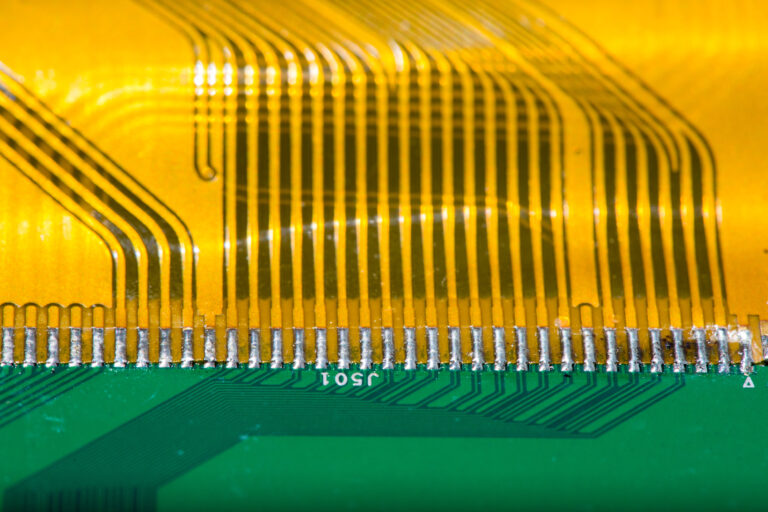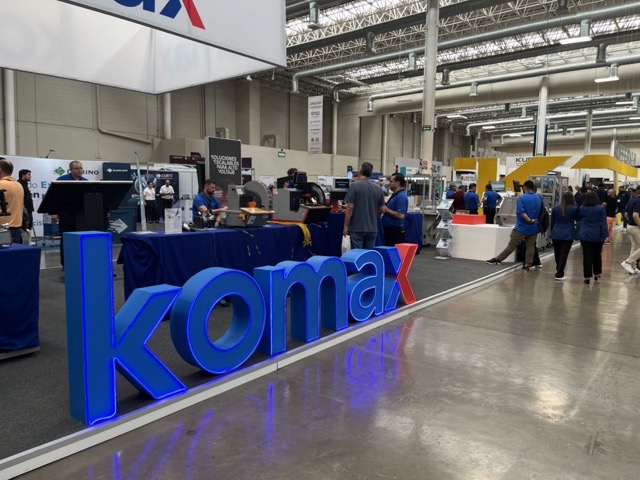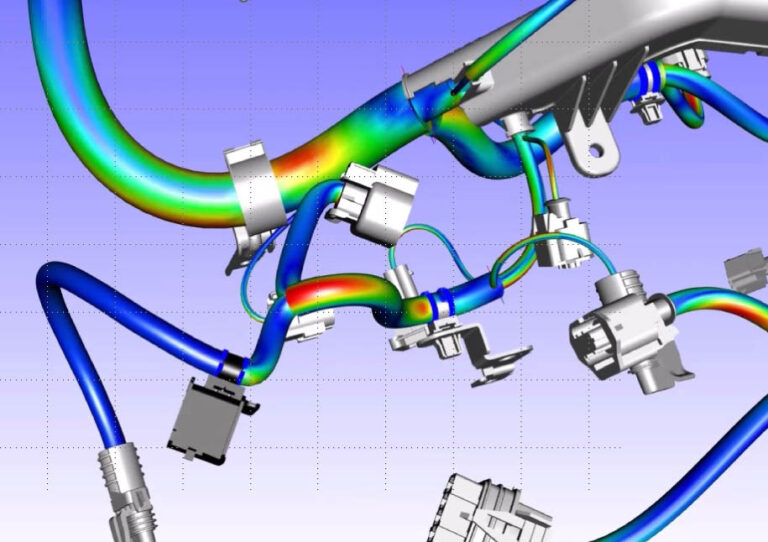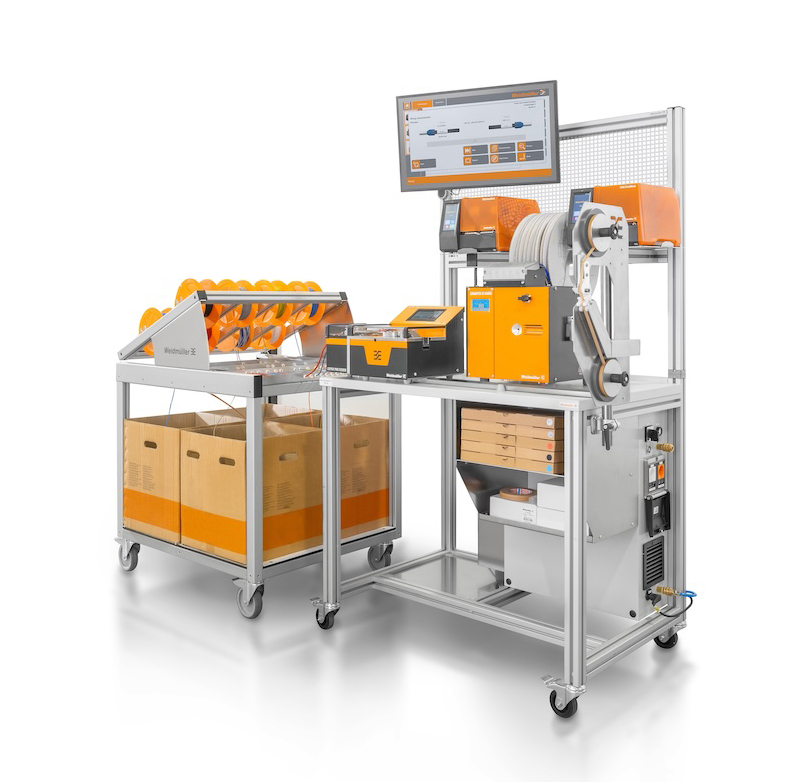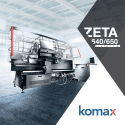When wire harness manufacturers think about stepping into automation, the leap can feel daunting. Between upfront costs, floor space considerations, and concerns about flexibility, many are left wondering if semi-automated equipment is even worth the investment. Weidmüller believes it is—and has built a portfolio of compact, efficient machines designed specifically to meet the real-world needs of small to medium manufacturers.
I recently sat down with Carlus Hicks, Senior Director of the Cabinet Products Division, and Laurin Krome, Jr. Business Development Manager Workplace Solutions at Weidmüller, to discuss how Weidmüller is reshaping wire preparation for many harness shops with its line of semi-automated solutions. Together, they offered insights into what companies should consider before making the switch, what kinds of operations benefit most, and how a solid return on investment is closer than many realize.
The Consultation Comes First
Before any wires are cut or machines are quoted, Weidmüller starts every engagement with an in-depth consultation. “We’re not just showing up with a catalog and hoping something sticks,” Carlus said. “We take the time to understand the customer’s operation—what problems they’re facing, how much wire they’re processing, what their pain points are. That’s the key to determining whether semi-automation is the right fit.”
These consultations are typically led by specialists like Laurin, who often travels to customer sites to observe the production environment firsthand. “We want to know if they’re doing 50,000 crimps or a million. That changes everything—from what machine we recommend to how we configure the workflow,” he explained.
What Does the Right Fit Look Like?
Many customers come to Weidmüller unsure of whether they’re a good candidate for automation. Carlus emphasized that while volume matters, it’s only part of the equation. “We see value starting as low as 10,000 to 50,000 crimps per year, especially if repetitive strain injuries or quality issues are in play,” he said.
On the high end, Weidmüller’s equipment can handle up to 1.5 million cycles annually. And thanks to their modular and compact designs, many of their machines are well suited to cellular manufacturing environments. This is trend growing even among large manufacturers hoping to reduce material handling and work-in-process.
“Some big operations that could justify a fully automated crimp center are instead opting for smaller, mobile setups they can place more easily and economically in their production cells,” Carlus explained. “It saves on internal logistics and supports a more agile, high-mix workflow.”
Spotlight on Flexibility and Mobility
One such customer recently purchased two full Wire Processing Center (WPC) setups—complete with wire carts, crimpers, cutters, bundlers, and integrated software. “They had a huge variety of products and needed to switch between 8- and 40-gauge conductors quickly,” said Laurin. “With our system, they can dump their specs into the touchscreen and run everything from ferrules to ring terminals without needing complex changeovers.”
Machines like the CUTFIX PRO, a DIN-A4-sized electric cutter, and the CRIMPFIX ECO, a fast, electric-driven crimp and strip machine, are at the heart of these setups. Both offer intuitive touchscreen interfaces, compact footprints, and compatibility with Weidmüller’s robust software ecosystem.
And because everything is designed with modularity in mind, customers can integrate printers, wire sorters, and additional feeders over time as their production scales.
“You don’t need a half-million-dollar machine to get real automation benefits. Sometimes, it’s a $10,000 bench-top unit that changes everything.”
— Carlus Hicks, Weidmüller
Real-World ROI
So how does a customer know when the investment makes financial sense? That’s where Weidmüller’s ROI calculator comes in. Laurin walked me through an example where a customer processing 150,000 crimps annually could input their labor cost, tool usage, and downtime estimates into the calculator and get a projected payback period—often under a year.
“Even at 50,000 crimps a year, the savings add up quickly,” warned Carlus. “Especially when you consider the soft costs—reduced injury claims, improved consistency, and fewer reworks.”
Weidmüller also encourages customers to think long-term. Their machines are built for durability, with major service intervals typically stretching to 800,000 or even 1 million cycles.
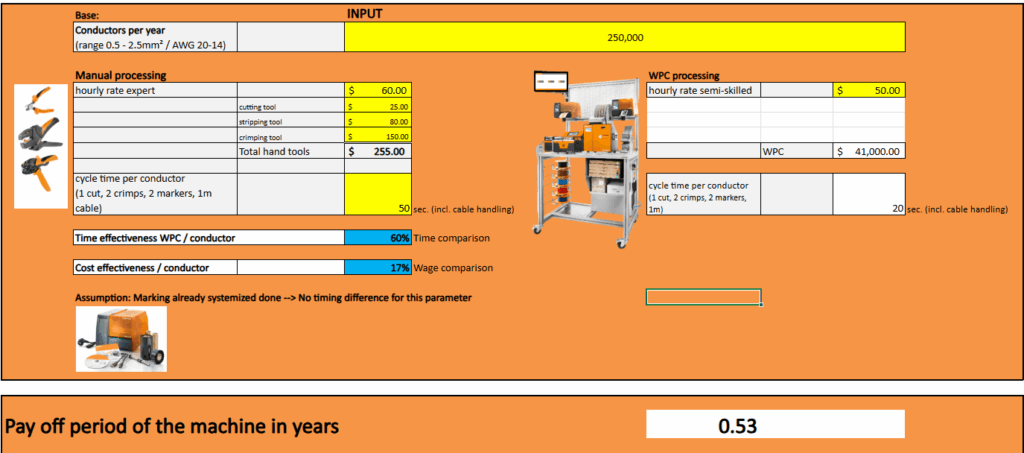
Not Just Faster
While speed is a key benefit (many Weidmüller machines complete a strip-and-crimp cycle in under 1.5 seconds), Carlus stressed that consistency is just as important. “Manual crimps vary from operator to operator, especially on ring terminals. That’s where problems show up in the field,” he said. “With our machines, you get the same strip length, same crimp force, same terminal orientation—every time.”
Laurin added that their systems can even perform quality checks after processing, guided by onboard software that stores specs for each cable type and displays exact lengths, ferrule types, and assembly order. “The bundling tool is another time-saver,” he said. “It tapes the wires together in order, so techs downstream don’t have to sort through a pile.”
People Still Matter
Automation isn’t about replacing workers—it’s about empowering them. Both Carlus and Laurin described the reaction of first-time users who go from manual crimpers to a sleek, semi-automated workstation.
“They light up,” Carlus said. “Suddenly, their job isn’t physically painful. They’re faster. They feel more professional.”
Laurin noted that in many shops, especially those with operators of smaller stature, repetitive crimping with hand tools has led to strain and injury. “It’s a real concern. These machines eliminate that completely.”
And because the interfaces are visual and intuitive, even new hires with minimal training can get up and running quickly.
A Scalable Path
Not every company is ready for full-scale automation. But many are ready for more than they think. Weidmüller’s strength lies in meeting customers where they are and helping them move forward—step by step.
With a range of machines priced from around $5,000 to $20,000, plus mobile configurations and ROI-backed consultations, their stated goal is making automation accessible and practical for a broad range of manufacturers.
For wire harness manufacturers facing labor challenges, increasing quality demands, or production bottlenecks, semi-automated solutions like those from Weidmüller offer a practical step forward. Whether the need is driven by volume, ergonomics, or process consistency, right-sized automation can provide measurable benefits—without the complexity or cost of fully automated systems.
Special thanks to Sara Hunt, Head of Public Relations at Weidmüller, for coordinating the interview and providing background documentation.
Sidebar: Inside Weidmüller’s Consultation Process
Step 1: Discovery
A conversation about your current workflow, production challenges, and wire processing volumes.
Step 2: ROI Analysis
Input your crimp counts, labor rates, and machine preferences into Weidmüller’s calculator to estimate payback periods.
Step 3: Demo and Evaluation
In-person or virtual demonstrations tailored to your cable types and volumes.
Step 4: Equipment Setup
Weidmüller helps configure, deliver, and commission the selected machines on-site.
Step 5: Operator Training
Hands-on instruction for your team, plus ongoing support from Weidmüller’s applications engineers.
*


